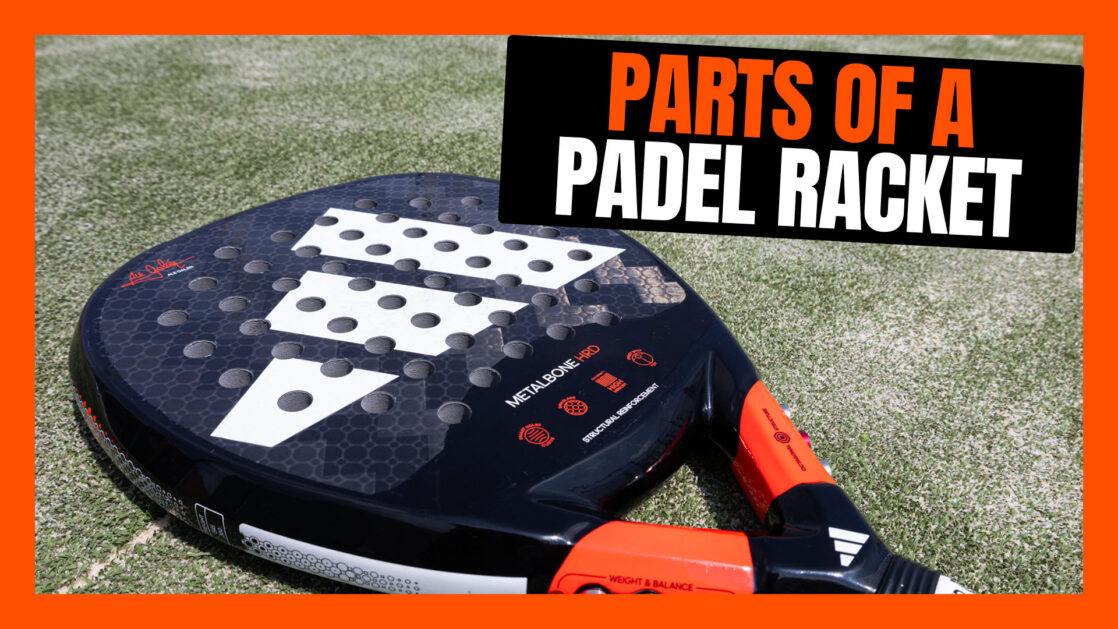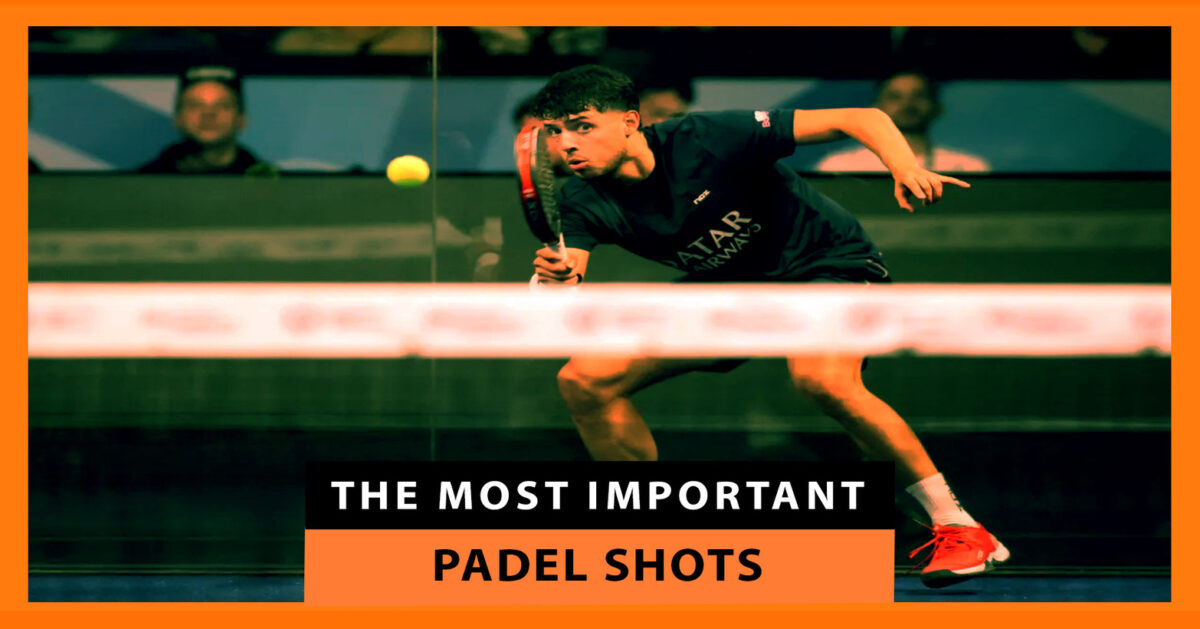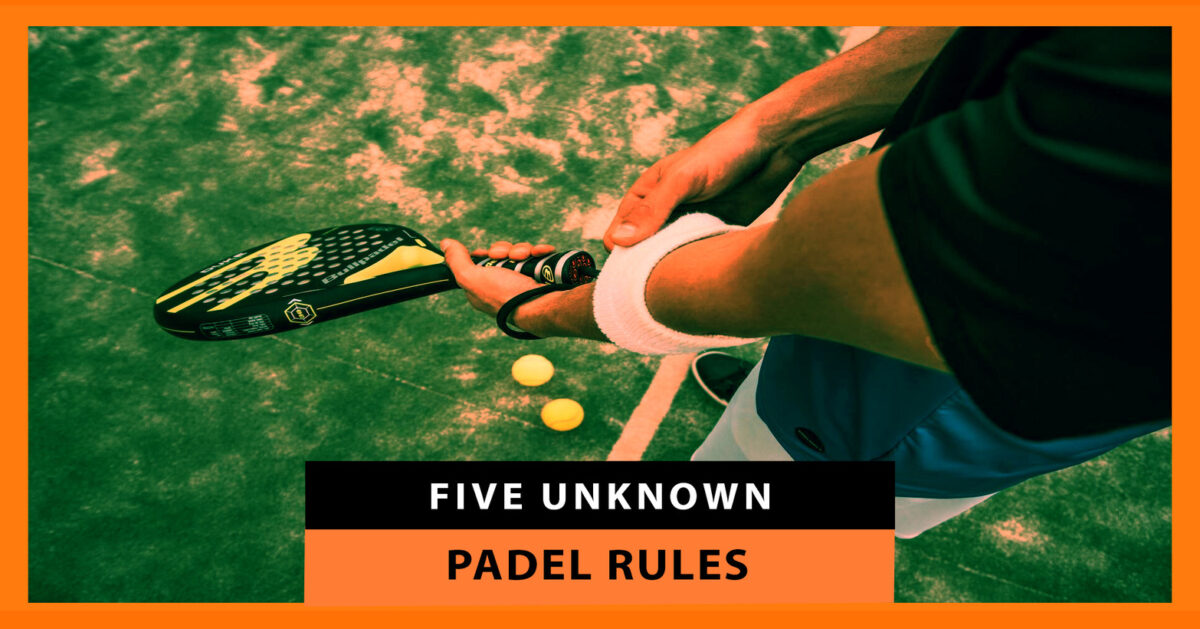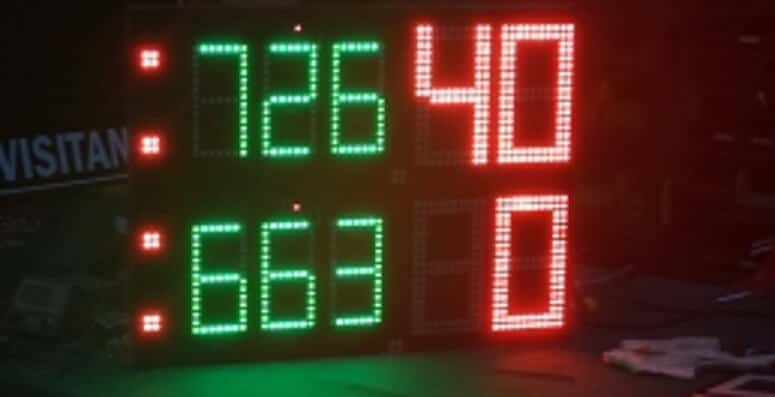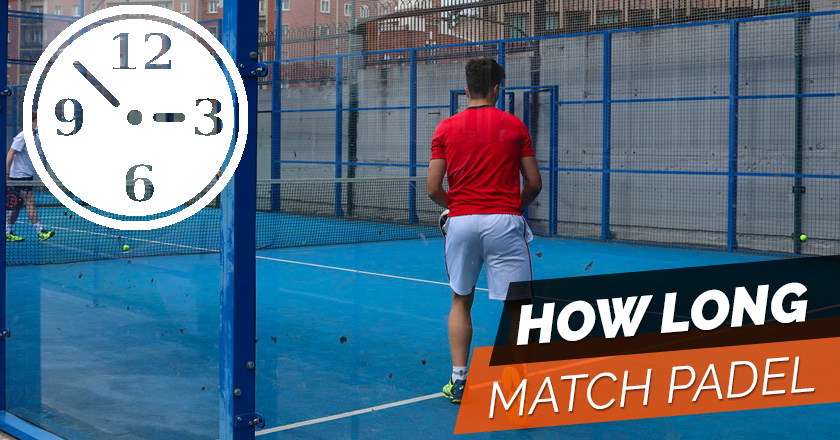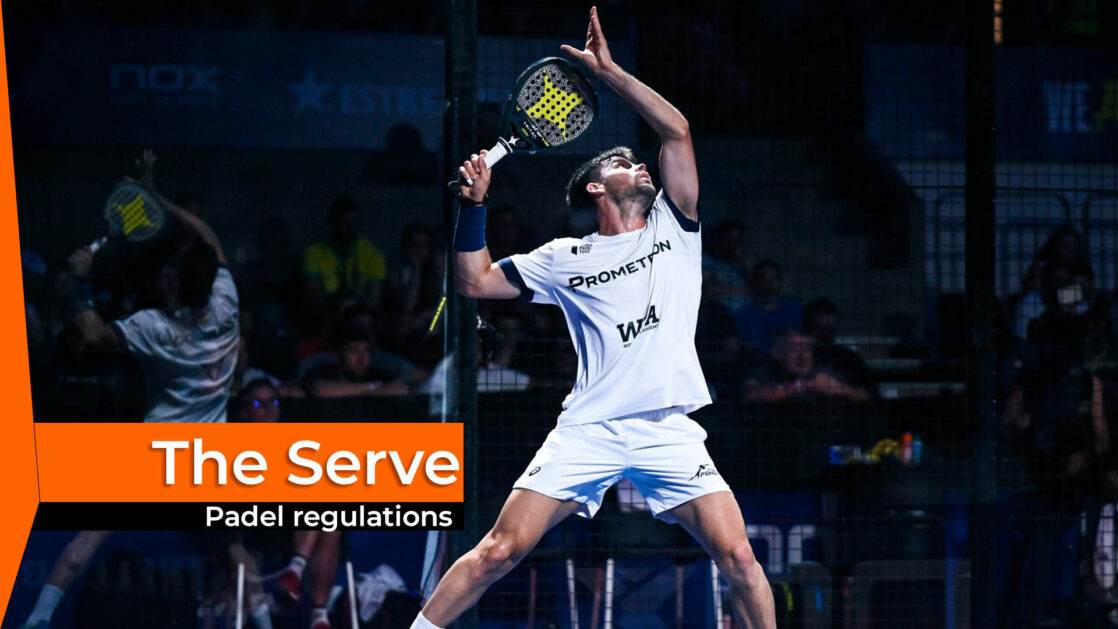When it comes to playing padel, undoubtedly, the padel racket is the primary element of the sport.
In this article, we’ll break down and discuss the various parts that make up the structure of this well-known tool, which serves as the perfect equipment for you to play each of your matches.
Table of Contents
Components of a padel racket
When you want to buy a padel racket, it’s essential to consider that it consists of different components. Together, these maximize the various technologies it incorporates.
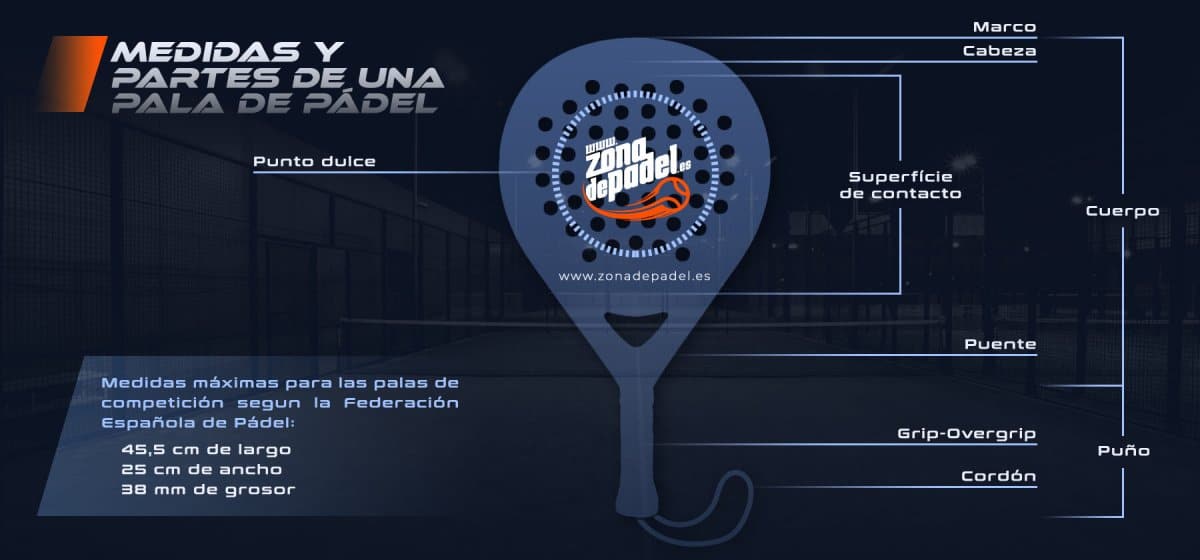
It’s crucial to understand these components and how they’re made to get the most out of each game.
The Handle
The handle, also known as the racket’s grip, is where the player holds the tool. It’s designed to provide a firm grip that’s comfortable and easy to manage. Each handle comes initially wrapped in a factory grip, which players typically cover with an Overgrip for reinforcement, further enhancing the grip and extending the lifespan of the original one.
From the base of this handle emerges a cord, designed to wrap around the player’s wrist to prevent various types of accidents during matches.
The Heart
The heart of the padel rackets, also known as the bridge, serves as the neck of the racket, connecting elements such as the handle and the striking surface.
The composition and design of the heart have evolved over time to offer improvements in gameplay, rigidity, and vibration reduction of the racket, directly affecting its power and control performance.

As in the case of brands like Adidas, there are now models that, thanks to the Weight and Balance system, allow for adjustments to the weights located in the heart, changing the racket’s balance.
The Frames
The racket’s frame surrounds the entire head, acting as a shield, offering protection, and giving structure.
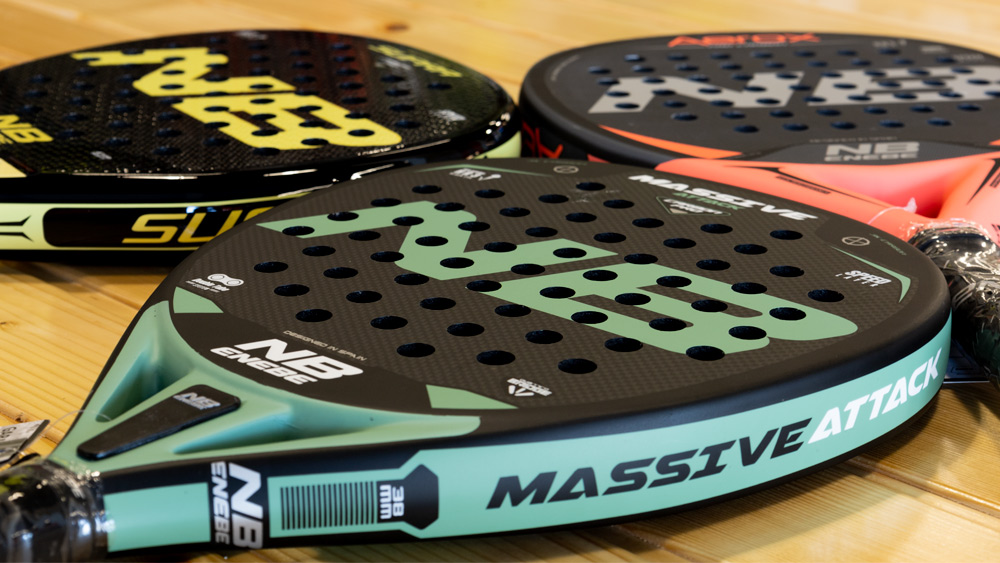
It acts like an exoskeleton, providing rigidity and stability. Leading brands invest in research to ensure the frame absorbs vibrations during impact, thereby enhancing the player’s experience and extending the lifespan of padel rackets.
Striking Surface
The most prominent area of the racket, the striking surface, is where the ball is struck. Depending on its shape and the materials it’s made from, such as fiberglass or carbon, it can favor different playing styles.
On this surface, we find the planes, which are the faces of the racket perforated with holes that help reduce weight, as well as improve aerodynamics and manageability of the racket.

Similarly, depending on the type of texture found on the surface, it can change its effect on the shots. This can range from being very smooth to having different levels of roughness that can generate effects on the shots by breaking the uniformity of the surface.
Sweet Spot
The sweet spot is the area on the striking surface where maximum efficiency is achieved when hitting the ball. It depends on various factors, such as the weight and materials that make up the core, combined with the racket’s construction materials. It’s crucial to maximize power and control.
Understanding the different parts of the racket is vital to fully utilize its potential in the game, allowing you to know your tool and be informed when choosing your new padel racket.

 Español
Español
 Belgique
Belgique
 English
English
 Français
Français
 Italia
Italia
 Nederland
Nederland
 Sverige
Sverige
